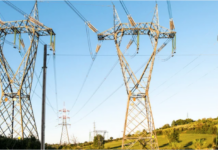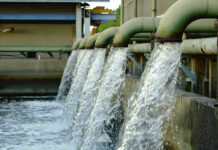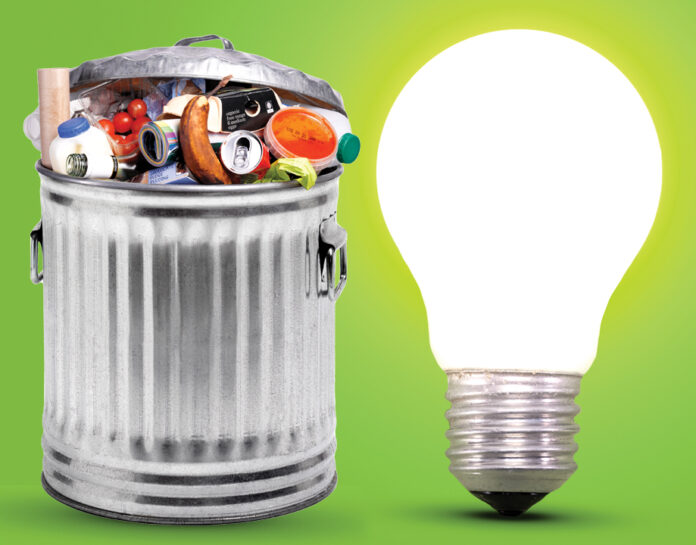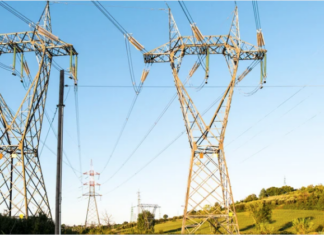ISLAMABAD: The Punjab cabinet has authorised the expression of interest for a waste-to-energy project, according to Chief Minister Chaudhry Parvez Elahi, who claims that the industry will receive inexpensive electricity through this waste-to-energy initiative.
Speaking to a group of investors led by Carsten Wenske, chief executive officer of the German company Innovative Techno Plussaid: “The generated electricity will be directly supplied to the industrial estates and the project will be taken forward on a fast track.”
In a meeting with the chief minister, the CEO of the German company, Carsten Wenske, indicated interest in investing in the production of solar panels as well as establishing a waste-to-energy project in Lahore.
The China National Electric Engineering Company has also expressed interest in the waste-to-energy project, joining firms from Norway and Germany.
The chief minister further claimed that the project will result in a more than 50% reduction in the cost of producing electricity. However no evidence is available to corroborate this claim.
How does it work ?
Landfill and incinerators are the two conventional methods for handling waste. Although neither is ideal, there was an attempt to make things better in the 19th century.
Engineers in Europe recognised the potential for energy recovery in a variety of waste streams, and instead of just burning trash to get rid of it, they discovered that the heat from waste incineration could be used to drive turbines. This was the beginning of waste-to-energy.
Similar to how conventional power plants burn coal, oil, or natural gas to produce electricity, waste-to-energy facilities also use domestic waste as a fuel. Burning the garbage warms the water, and the steam from the water powers a turbine to produce electricity.
Waste is brought in and thoroughly mixed in a closed-off receiving area in order to be burned. After this a timed moving grate brings mixed garbage into the combustion chamber and regularly rotates it over to keep it exposed and burning.
In the filter baghouse, tiny airborne particles (fly ash) are eliminated. Lime or sodium hydroxide is injected to neutralise the acidic combustion fumes.
Magnets and eddy current separators are used to separate ferrous (steel and iron) and other metals, such as copper, brass, nickel, and aluminium, from the unburned combustion byproducts, or “bottom ash,” for recycling. The residual ash can be utilised as aggregate for rail embankments and roadbeds.
The generator for a steam turbine is powered by superheated steam. The condenser cycles the cooled steam back into water, or it can be diverted and used as a heat source for structures or businesses. To finish the steam cycle, the cooled stream is reheated in the economiser and superheater.
To absorb and remove heavy metals like mercury and cadmium from the hot gases, activated carbon (charcoal that has had its porosity increased by oxygen treatment) is fed into the mixture. By injecting ammonia or urea, nitrogen oxide in the increasing combustion gases is neutralised. Flue gases are heated to extremely high temperatures to render dioxins and furans harmless.
Pros and cons of waste-to-energy
When compared to the wasteful incineration procedures of the past, waste-to-energy is frequently marketed as “clean energy.” In this way, it reduces the quantity of waste burned while still using energy that would otherwise be wasted.
However, this argument only applies if incineration is the only choice, and the majority of responsible waste management strategies are currently focusing on less harmful, more circular solutions that have a smaller impact on climate change.
The traditional method of handling waste has been through landfills, that is burying waste into the ground. When it comes to waste disposal, landfills are the last choice that come with a number of drawbacks, including the release of greenhouse gases, the need for substantial amounts of land, the possibility of contaminants seeping into the ground and groundwater, and more.
Specialised incineration facilities can significantly minimise the amount of waste that is landfilled by converting waste-to-energy. The US Energy Information Administration estimates that waste-to-energy facilities can reduce waste volume by around 87% by reducing 2,000 pounds of trash to ash that weighs between 300 and 600 pounds.
Possibility of post-incineration resource recovery, including of rich materials like metals, is another advantage of waste-to-energy versus landfilling. They can then be recycled and used to support the economy.
Waste-to-energy offers the chance to recover some resources, such as metals, but it typically destroys a lot more. In consequence, the process of creating energy from garbage can deplete resources including minerals, wood, plastic, and other materials that could have been salvaged. This is especially true if municipal solid trash is not strictly separated before being burned.
Additionally, when garbage is burned for energy production, approximately all of the carbon content is released as carbon dioxide, one of the most prominent greenhouse gases.
The ability to discourage recycling or other more environmentally friendly waste management techniques is another disadvantage of waste-to-energy. As part of a larger waste management strategy that strives to increase recycling rates, many wealthy countries now export their waste to underdeveloped nations for processing.
Although garbage is occasionally recycled, it is frequently just burned or used in facilities that turn it into energy. Unfortunately, despite the fact that Western nations claim that this activity counts toward their recycling goals, the uncontrolled nature of this waste trade frequently results in inappropriate disposal, with waste-to-energy playing a significant role.
Does Pakistan even need it ?
Pakistan at the moment is going through one of its toughest economic cycles, interest rates and inflation is at historic highs. Any decision involving long term agreements and significant capital investments needs to be well thought out before we bog ourselves down in another quagmire of our own making.
The cost element involving any major project such as this one dictates whether there’s any potential benefit of the project. As far the public benefit aspect goes, comprehensive studies by environmentalist and other stakeholders is necessary
The price of a 40,000 tpa (tonnes per annum) facility is $41 million, or $1,026 per tonne of annual capacity, according to a calculation from Waste to Energy International. Whereas a medium-sized facility with a capacity of 250,000 tpa should cost $169 million, or $680 per tonne. These figures provide an initial estimation of the amount it would cost for converting waste-to-energy.
These figures give a brief overview into how much it might cost to set up a waste to energy plant, but however it must be noted these are estimates and actual costs can only be determined when discussions between the government and the private sector move forward.
Another essential thing to consider is the fact that we already have excess capacity in terms of electricity, and is setting up another power plant really what the country requires at the moment. Although a power plant is built with long term objectives and strategy in mind, mismanagement and inadequate planning are the cornerstones of our country.
From a climate change perspective, Pakistan has been severely hit with flooding and other forms of extreme weather. It is evident that the advantages of waste-to-energy as a waste management strategy only apply when compared to conventional landfilling or incineration. However, when taken in isolation, the issues are so serious that it is difficult to see how it might be a useful component of any green economy.

























Pakistan can not afford wastage of energy, Save energy is duty of every citizen.